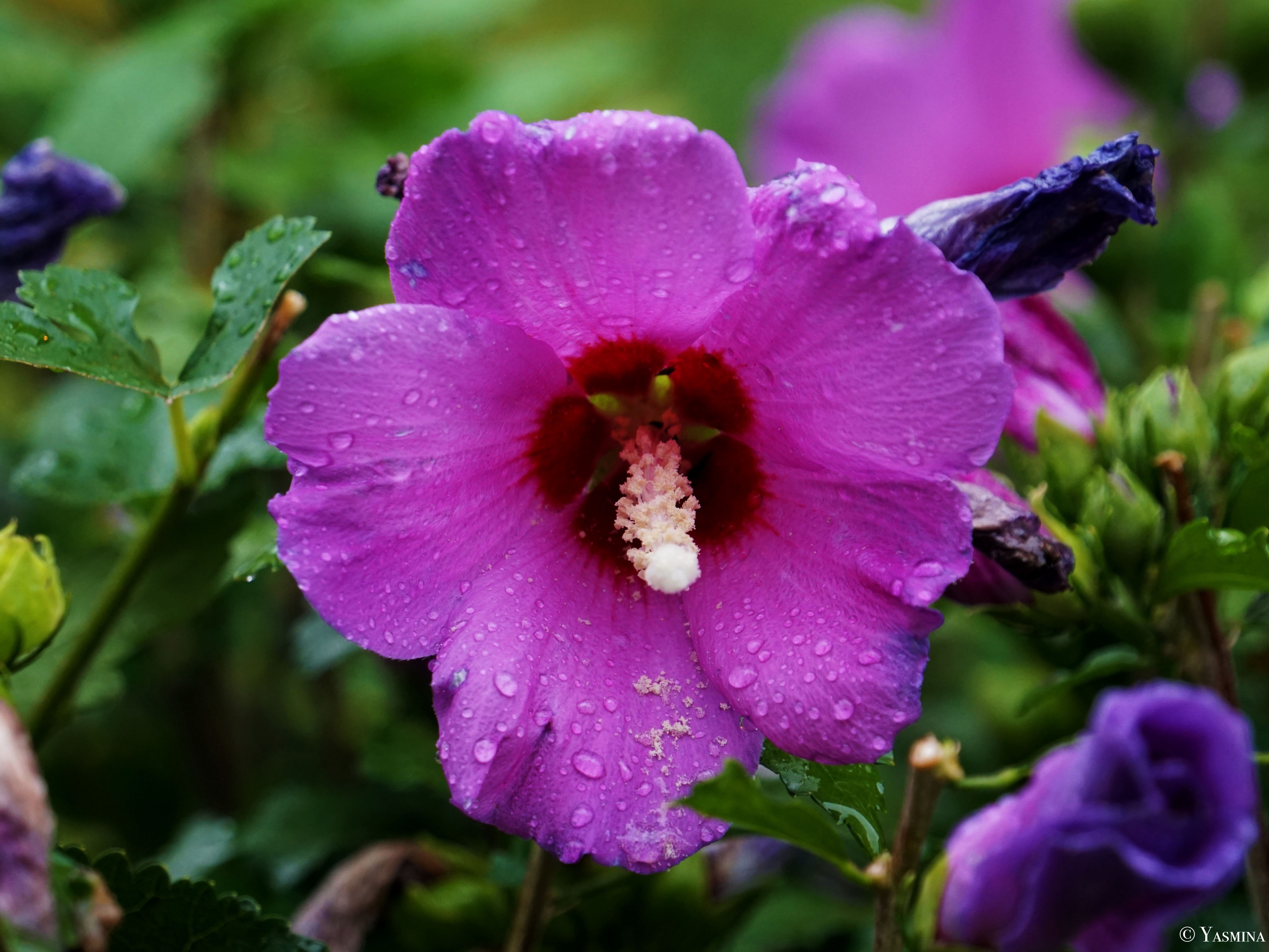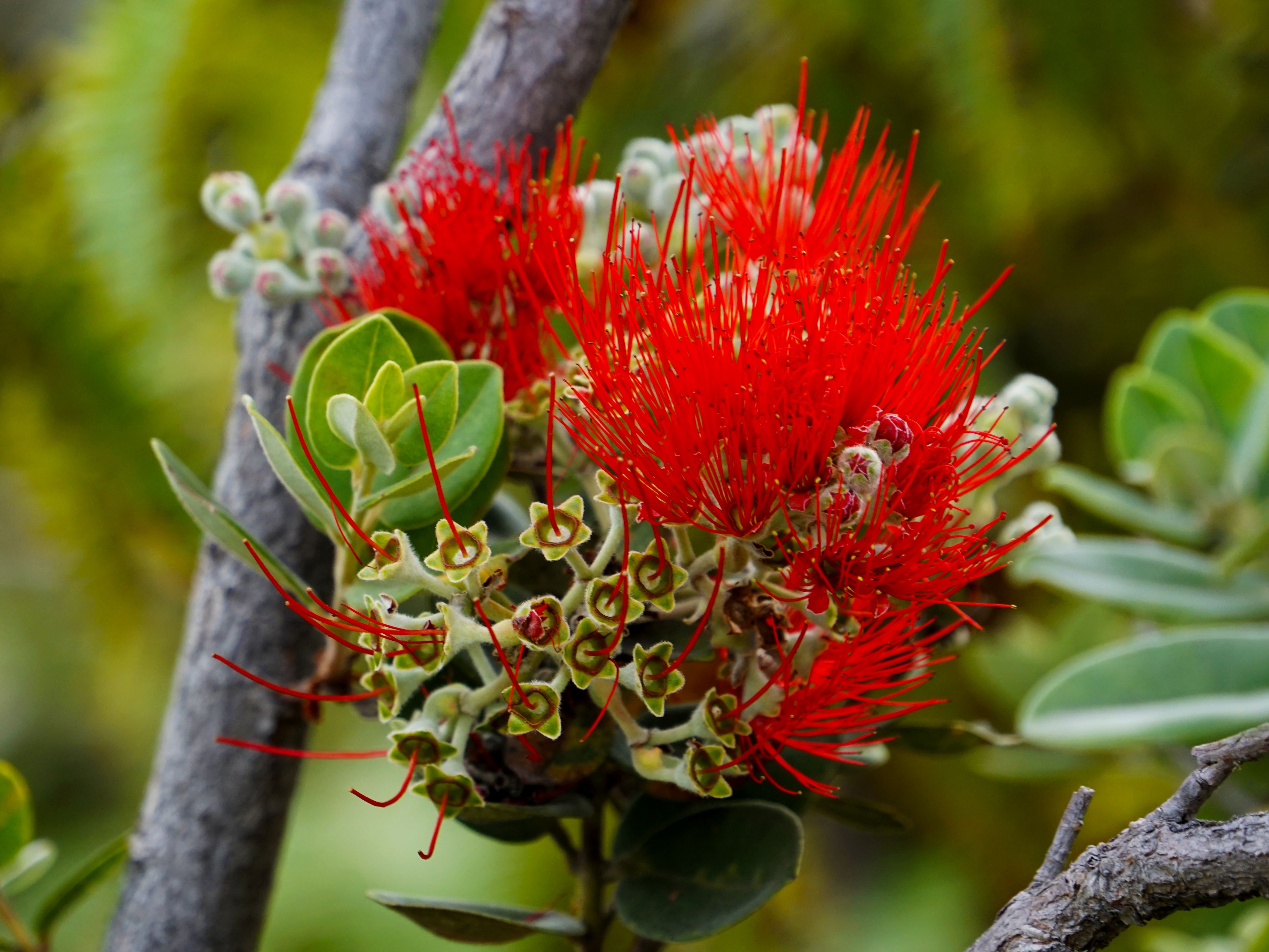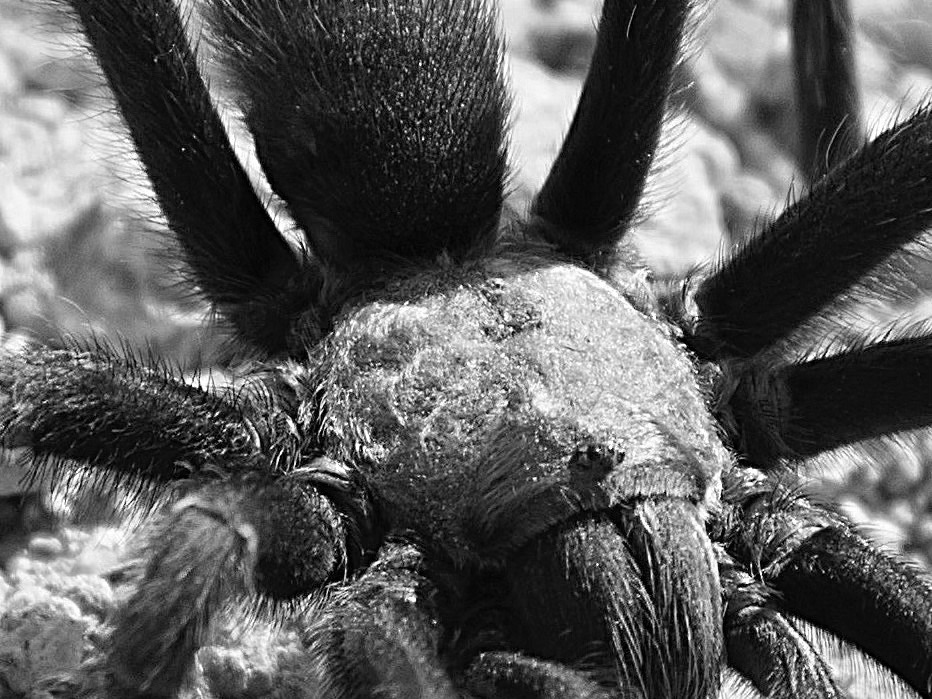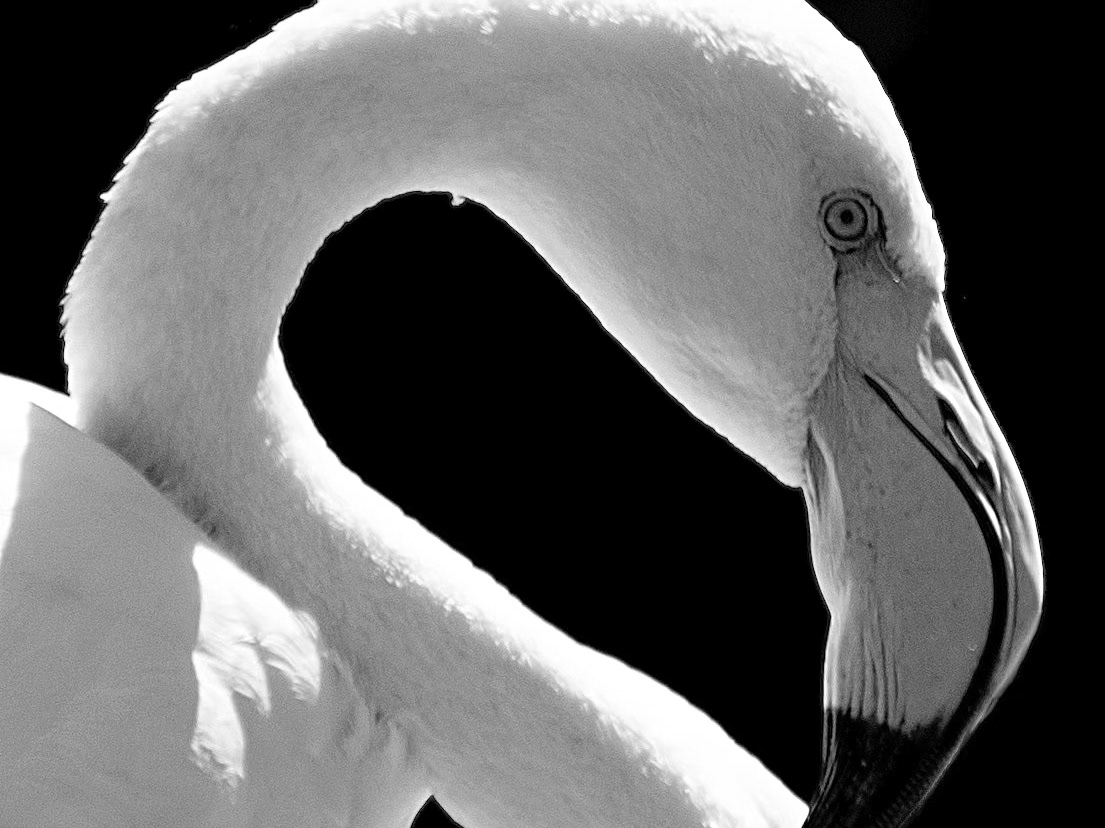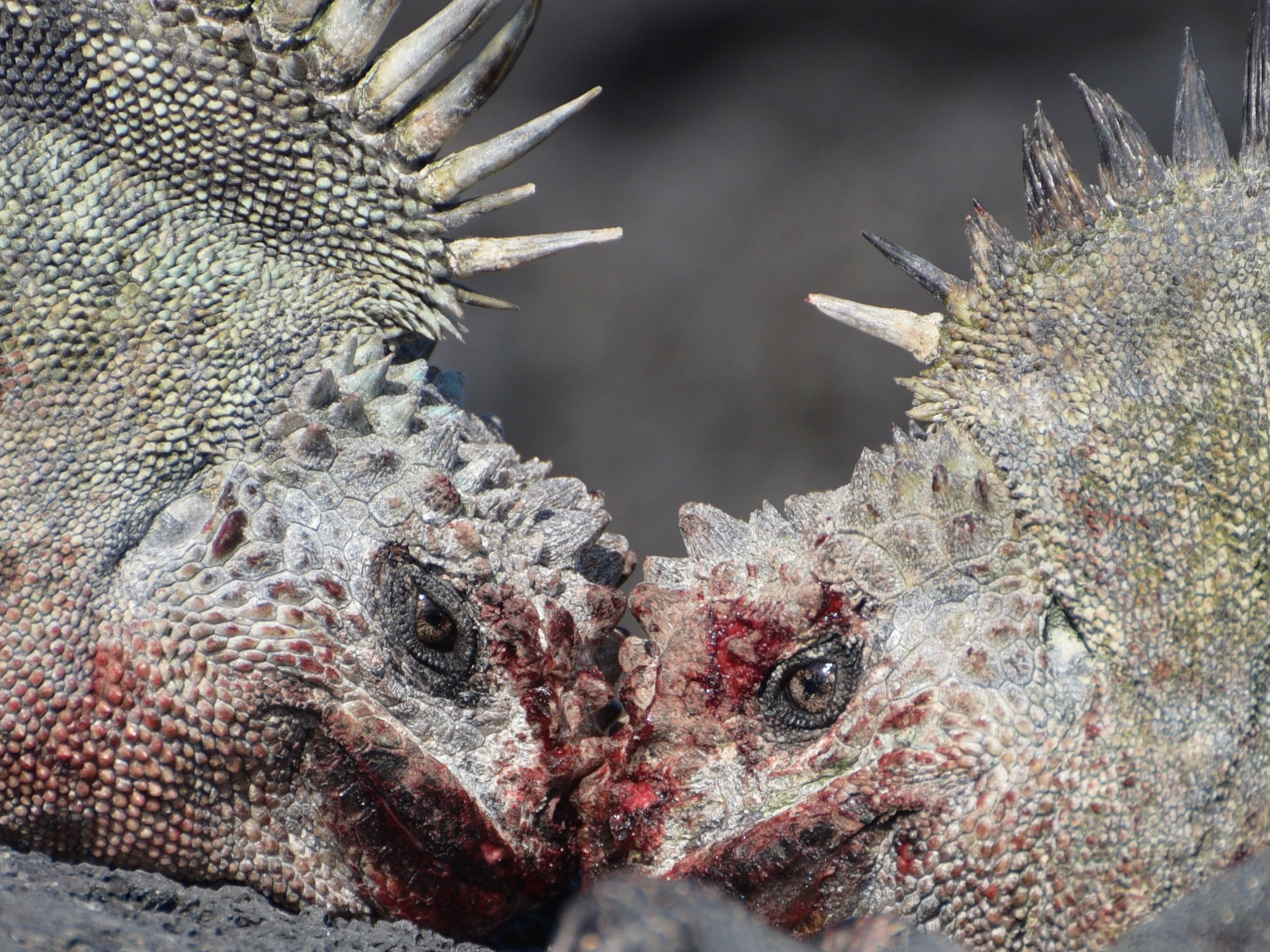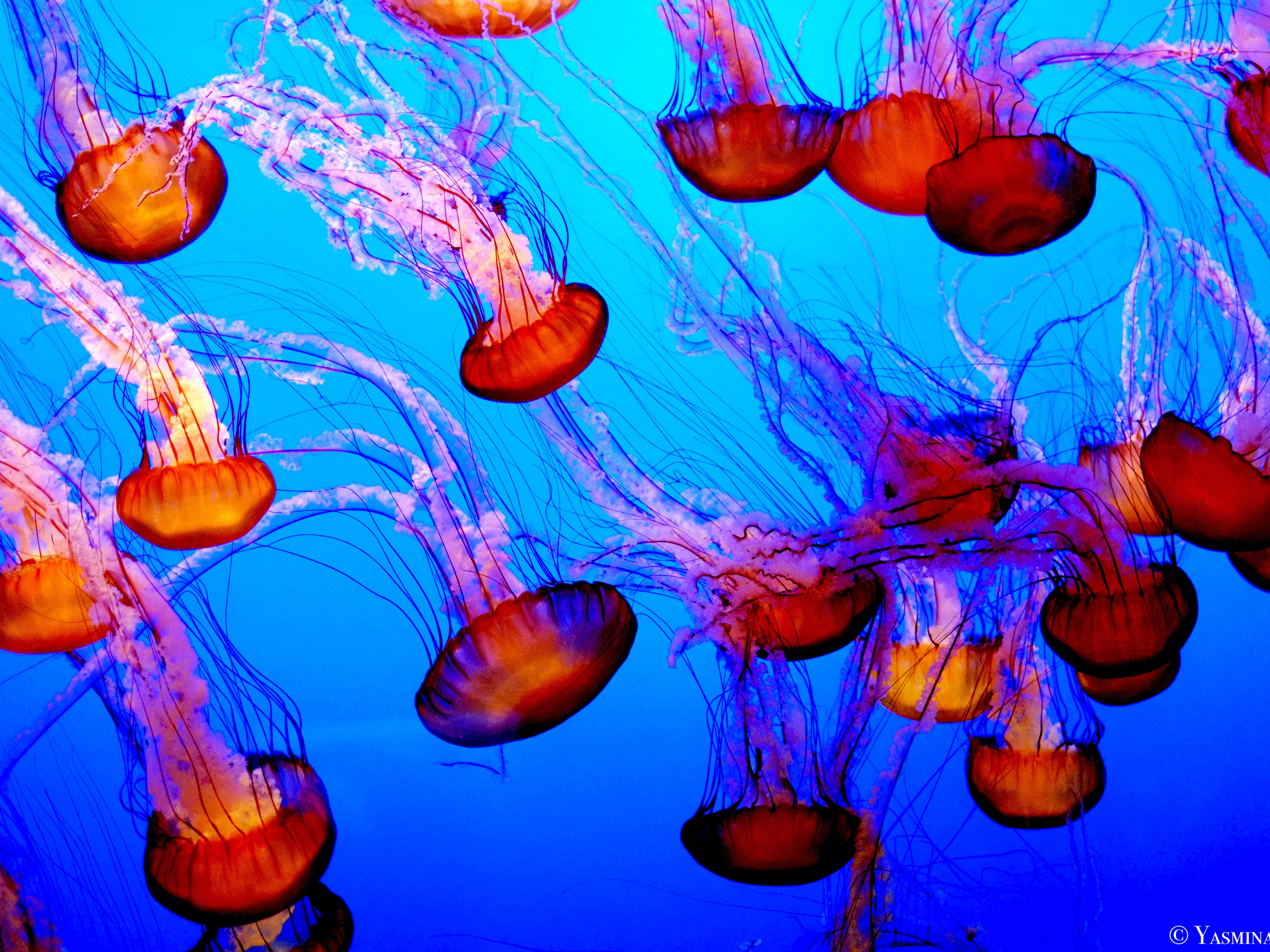Common Name: Nazca booby
Scientific Name: Sula granti
Animal Facts
Nazca boobies (Sula granti) are found along the eastern Pacific coastline from the islands in Baja California to the Galápagos Islands, where they largely breed and where this photograph was taken. Due to their awkward movement on land, their common name, ‘booby,’ originates from the Spanish word ‘bobo,’ which means clown or foolish. However, these birds are incredibly agile fliers and catch fish by plunge-diving into the ocean from cliffs up to 98 ft (30 m). Nazca boobies live up to 23 years and may grow up to 3 ft (1 m). They are sexually dimorphic with females displaying duller beaks and being slightly larger in size than males who display orange or yellow beaks. During the breeding season, Nazca boobies’ nest near cliffs with little to no vegetation. Females generally lay two eggs as one of the chicks grows larger and stronger, eventually outcompeting their sibling until they die. All booby species are unique as both males and females use their webbed feet to incubate eggs instead of an incubation patch (bare skin on the underside that transmits heat) like most other bird species.
Interaction with Humans
Although Nazca boobies are listed as ‘Least Concern’ on IUCN, their populations are decreasing due to climate change, introduced predators, such as pigs on the Galápagos Islands, and human development that has altered their behavior. Fishing lines are also problematic since boobies often get trapped in them. Furthermore, the Galapagos Conservation Trust is developing a project to establish the risk of marine plastic pollution to seabirds.
Sources
• Crawford, R.J.M., Goya, E., Roux, J-P., & Zavalaga, C.B. (2010). Comparison of assemblages and some life-history traits of seabirds in the Humboldt and Benguela systems. African Journal of Marine Science, 28(3–4), 553–560. https://doi.org/10.2989/18142320609504205
• Friesen, V. L., Anderson, D. J., Steeves, T. E., Jones, H., & Schreiber, E. A. (2002). Molecular Support for Species Status of the Nazca Booby (Sula granti). The Auk, 119(3), 820–826. https://doi.org/10.2307/4089981
• Nazca booby - Galapagos Conservation Trust. Retrieved from https://galapagosconservation.org.uk/wildlife/nazca-booby/
• Maness, T.J., Westbrock, M.A., & Anderson, D.J. (2007). Ontogenic Sex Ratio Variation in Nazca Boobies Ends in Male-Biased Adult Sex Ratio. Waterbirds: The International Journal of Waterbird Biology, 30(1), 10–16. https://doi.org/10.1675/1524-4695(2007)030[0010:OSRVIN]2.0.CO;2
• Maness, T.J. & Anderson, D.J. (2007). Serial monogamy and ses ratio bias in Nazca boobies. Proceedings: Biological Sciences, 274(1621), 2047–2054. https://doi.org/10.1098/rspb.2007.0578
• Morgan, S.M., Ashley-Ross M., Miriam A.; Anderson, David J. (2003). Foot-Mediated Incubation: Nazca Booby (Sula granti) Feet as Surrogate Brood Patches. Physiological and Biochemical Zoology, 76(3), 360–366. https://doi.org/10.1086/375430
• Tarlow, E.M, Wikelski, M., Anderson, D.J. (2001). Hormonal Correlates of Siblicide in Galapagos Nazca Boobies. Hormones and Behavior, 40(1), 14–20. https://doi.org/10.1006/hbeh.2001.1661


